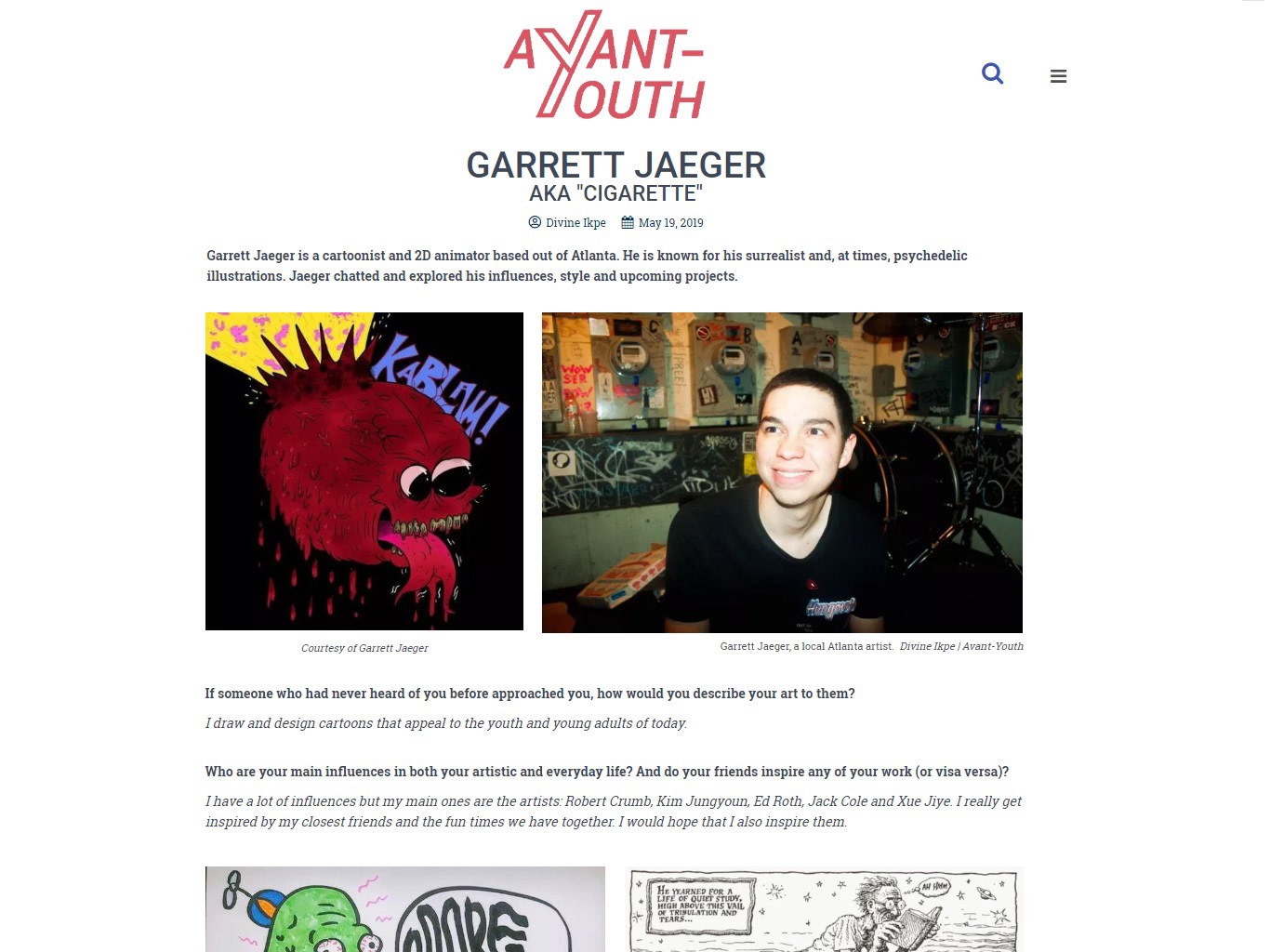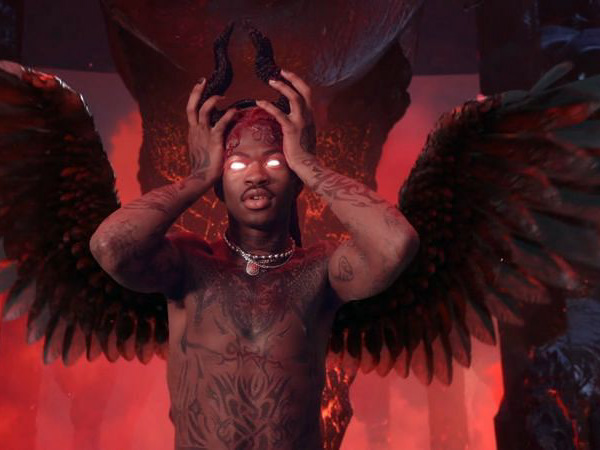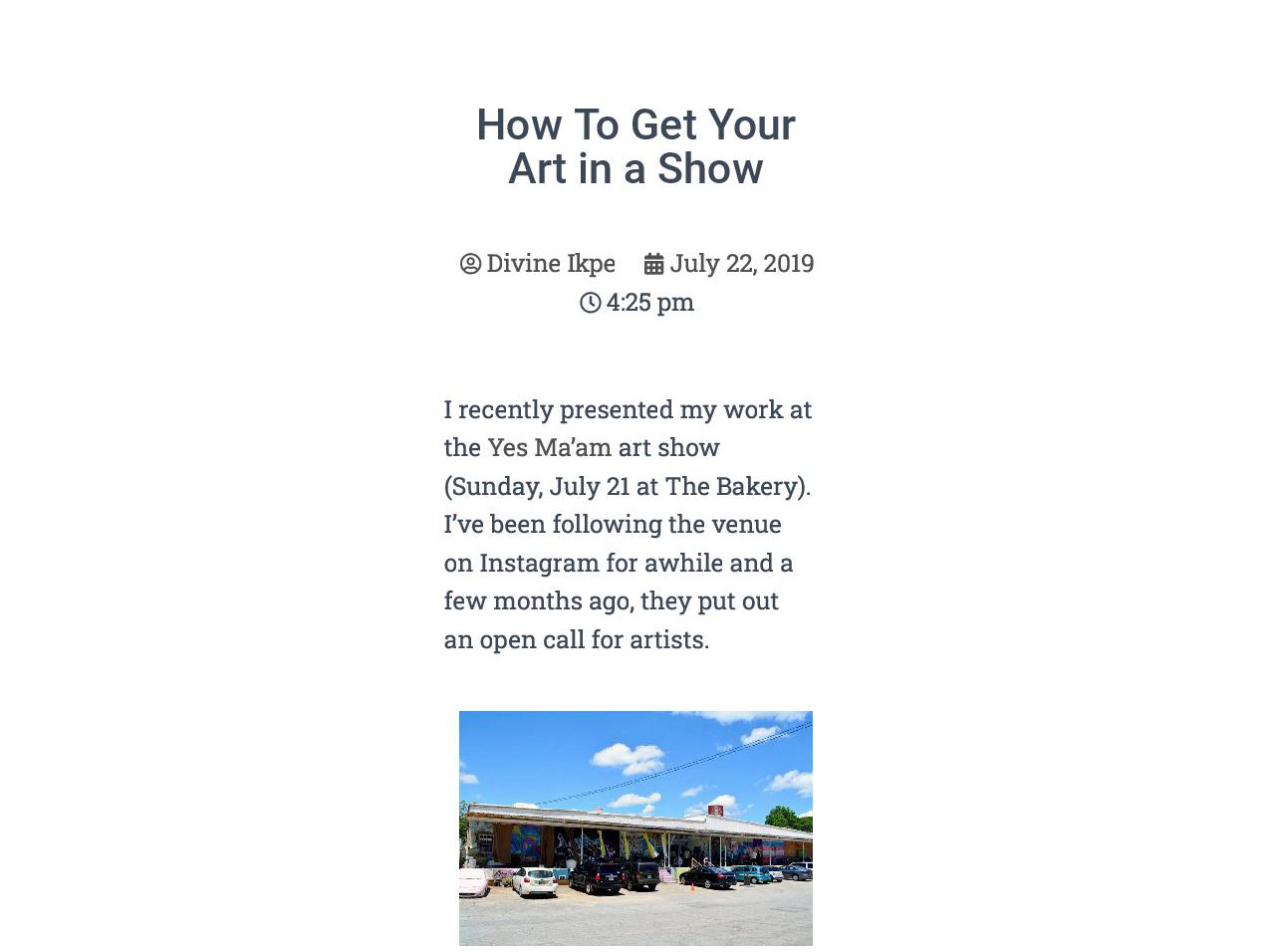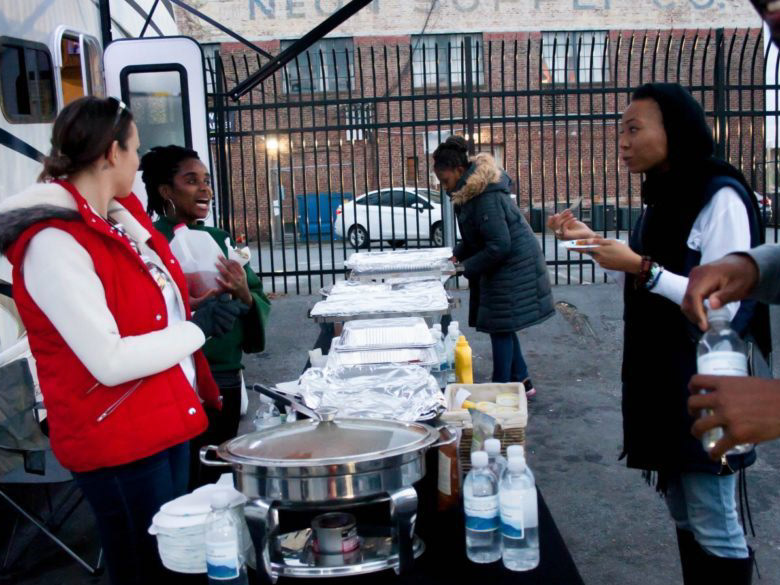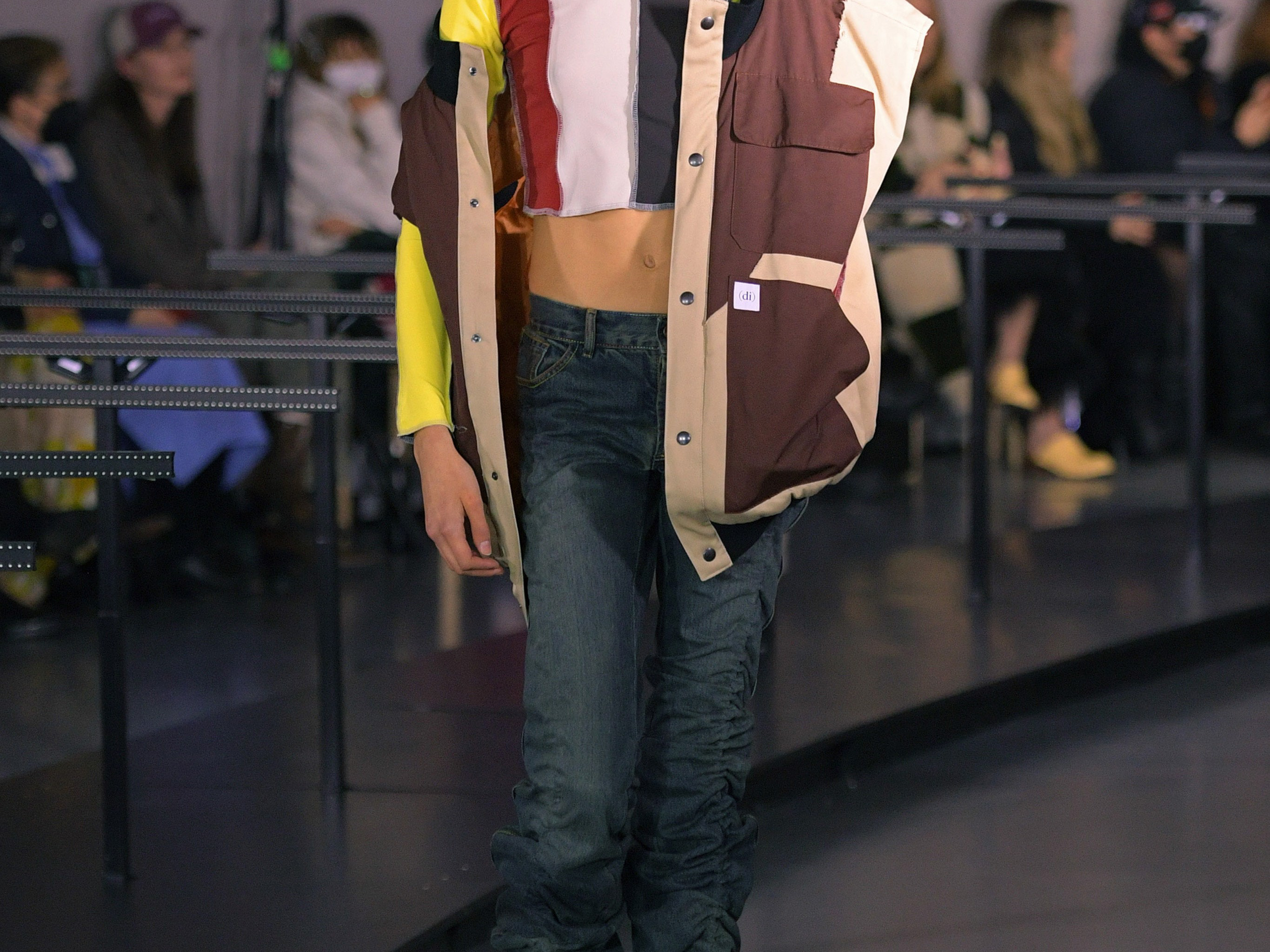
Still from Edward Zwick's "Defiance" (2008)

Still from Elem Klimov's "Come and See" (1985)
Within the last two class periods, we watched two films which were seemingly similar, regarding their contexts, but drastically different when it came to their executions of the story: Defiance (2008) and Come and See (1985). Regardless of the in-class debates, any Historian and even cinefile would proclaim the downfalls of Defiance and praise the authenticity of the latter. They both told the stories of people hiding from the Nazi’s within forest settlements and were both based off of books, yet they did did not carry the same weight both cinematically and historically.
Still from Edward Zwick's "Defiance" (2008)
Defiance was a film adapted from a book of the same name. The book, Defiance: The Bielski Partisans was written by Polish University of Connecticut professor of Sociology, Nechama Tec, who, herself, was a Holocaust survivor. Hence why she has written so many books on the subject. The book appears to focus primarily on Tuvia Bielski, his individual feats and individual accomplishments regarding keeping the forest community intact and helping other Jewish people. In contrast, the film focuses mainly on Tuvia and his brothers Zus, Asael, and least significantly, Aron.
Throughout the film, Tuvia and Zus have an ongoing sibling rivalry because Tuvia chooses to stay in the forest community serving as their leader whereas Zus abandoned the community (taking with him a few of the men in the community) in order to join the Russian Partisans and fight the Germans. The Russians, or at least one of the Russian generals, did not respect Zus and his men because of his anti-Semitic beliefs, therefore this general disrespected them at times. That was the main conflict regarding the Partisans. They had another when Tuvia came to them asking for help to acquire medicine from the Nazi’s for his camp, which they ended up doing. On Tuvia’s end of the storyline, his main conflict was trying to keep the camp afloat during the winter months and having to kill one of the community members due to constantly disrespecting people and challenging Tuvia’s authority. Their brother Asael is considered a main character of the film but his overall contribution to it was relatively low. He just looked stressed a lot of the time and had a few important lines. Lastly, their youngest brother, Aron was unimportant as well; he too just generally looked stressed out but didn’t say much. This is where problems with the film begin, from the storyline itself.
The book had a relatively simple plot by discussing primarily Tuvia and was more historically accurate as well. The movie, in comparison, was more of a Hollywood cash grab. They attempted to juggle too many main characters and subplots while not adding much to the story to make it more interesting other than petty, nearly insignificant drama. In addition, the movie was poorly written; nearly all of the dialogue was mediocre and uninspired. They managed to get great, well known actors for the film but Daniel Craig was an odd choice for Tuvia. He simply was not convincing as a Jewish person and looked more like a Nazi/more “Aryan.” It’s not that he has to look stereotypically Jewish or like a Jewish caricature of some sort, but choosing a blond haired, blue eyed person to act as a representation of and a savior/Moses type figure of the Jewish people in Belarus was definitely a very questionable choice. Also, although they hired good actors, they gave them such a terrible script that they couldn’t even utilize them properly. The actors did the best they could with the material given to them but that doesn’t mean that they successfully did much.
Still from Edward Zwick's "Defiance" (2008)
There was an odd, desaturated color-grading applied to majority of the film where the only fully saturated color was green, It would have been fine if the content matched the tone of the film, but it did not; rather, it instead matched the intended tone of the film that did not actually get translated to audience due to the subpar performances. Aside from the, there were entirely too many dutch angles in the film which were completely unnecessary because dutch angles are generally used to emphasize an unsettling tone in a scene and/or showcase the intensity of the scene and the parts of the film they chose to use this technique were neither unsettling nor were they intense. Lastly, they used a slow shutter speed in the scene where they break into the German facility in order to get medicine for the camp which gives it immense motion blur. This technique, again, was presumably used to enhance the intensity of the scene but ultimately failed once again due to the dis-congruence of tone.
Aside from all of this critique. It is safe to say that the film was at least somewhat historically accurate. They followed the general history told in the book and therefore produced a somewhat accurate film. The film definitely embellished some things here and there but also did not go into enough detail about other occurrences that happened in the camp either. The one very historically inaccurate event that occurred was the major battle scene right at the end of the film; the Bielski community never had a dramatic shootout with the Germans, that would not have ended well for them.
Still from Elem Klimov's "Come and See" (1985)
Come and See, was also based off of an autobiographical book called Khatyn by Ales Adamovich where he shares his accounts of joining a Partisan organization in Beleruss (just like in Defiance) as a teenager and the horrible things he saw while there. The film coincides with the book well and does a great adaptation of it as well. The main character of the film, just like the book, is a fourteen year old boy named Florya played by Aleksey Kravchenko, an unknown actor to us who did a significantly better and more convincing job than Daniel Craig. To be fair to Craig, he also wasn’t given much to have an equal performance; Come and See just has a significantly better and more compelling story than Defiance. Within this film, the audience sees a multitude of atrocities committed until it all crescendos in the final act.
Regarding the story itself, it was really well done. Florya lives with his mother and sisters but leaves them to join the Partisans and fight the Germans. They don’t want him to go because he is the man of the house but he chooses to leave anyways. When he gets to the Partisan forest camp, they go on a mission and end up leaving him behind; at first he is distraught by this, but then he comes across Glasha who is also crying and attempts to cheer her up. They have an odd encounter where they were both going back and forth between laughing and crying when out of nowhere the forest got bombed by the Germans.
Still from Elem Klimov's "Come and See" (1985)
They quickly become acquainted so he decides to take her back to the village where his family is from so that she can meet them; upon arrival, they both know something is off, but because of Florya’s cognitive dissonance, he refuses to acknowledge it. This is where the atrocities begin, as they run away to eventually find a hidden community of people who escaped from the town, you see a large pile of bodies, presumably containing his mother and sisters. Throughout the film you start to form emotional connections with various side characters until their inevitable death, and then you feel lost, much like Florya himself probably did. The climax of the film is at the very end, where he witnesses a whole village and its inhabitants get burned to the ground by a bunch of drunk Nazi’s. Then the story restarts in a sense, by him rejoining the Partisan group that he was previously a part of.
There is not much to say regarding the film techniques and mise-en-scene other than it was beautiful and immersive. It had high saturation in the forest, somewhat lower saturation in this family's village and high saturation again when the farming village got burned to the ground. They used a lot of close up shots, medium shots and a few wide shots as well. The music, or lack thereof, and the general sound design always accompanied the scenes perfectly. For example, after the forest bombing, Florya lost some of his hearing, so the remainder of the dialogue in the film is somewhat muffled in order to emulate that.
Some parts of the film are really surreal while others exude chaos. There is interesting symbolism sprinkled throughout; for example there was a stork in the forest that initially appeared on screen white, but when Florya and Glasha entered it’s nest for cover, Florya stepped on its eggs, then it reappeared covered in, presumably, blood. In addition, with the increase in chaos, cruelty and absurdity, Florya, although remaining the same numerical age, progressively visibly ages on screen. By the end he has deep set wrinkles and grey hair. Everything about the film as a whole was masterfully done and made it the best Holocaust related film I have ever seen in my opinion.
Still from Elem Klimov's "Come and See" (1985)
In conclusion, compared to all of the other films viewed in this class, Come and See felt the most authentic and left you feeling the most distressed, conflicted, perplexed. It had the best cinematography and mise-en scene aside from Shoah (1985 ), the best symbolism aside from the The Pawnbroker (1964 ), the most creative shots aside from The Nasty Girl (1990), and the best musical accompaniment aside from the various postmodern film clips we saw (and The Pawnbroker again), to name a few. And Defiance was relatively equal to the other immensely Hollywood films we saw such as Schindler’s List (1994).
Bibliography
Ananina, Aleksandra, Mikhail P. Ananʹin, and Vi︠a︡li︠u︡hin Anatolʹ. Khatyn, 1971.
Come and See. Directed by Elem Klimov. 1985. Film. 2 hr., 26 min.
Defiance. Directed by Edward Zwick. 2008. Film. 2 hr., 17 min.
Sheramy, Rona. “Nechama Tec.” Jewish Women's Archive. Accessed December 16, 2019. https://jwa.org/encyclopedia/article/tec-nechama.
Tec, Nechama, and Stefan Rudnicki. Defiance: the Bielski Partisans. Ashland, Or.: Blackstone Audio, Inc., 2010.


